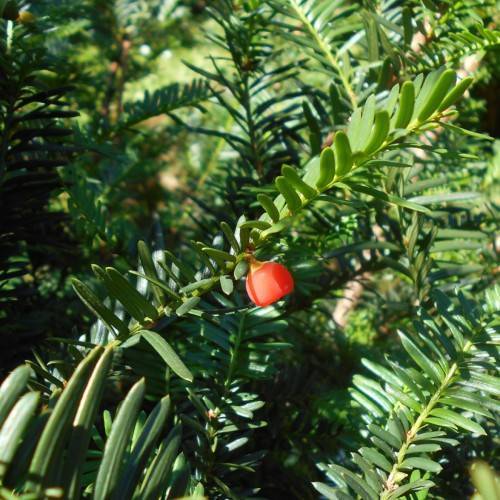
Japanese yew
Taxus cuspidata 'Columnaris'
Cycle:
Perennial
Watering:
Average
Hardiness Zone:
4 - 7
Flowers:
Flowers
Sun:
Full sun,part shade
Leaf:
Yes
Growth Rate:
Low
Maintenance:
Low
Poisonous To Humans:
Yes
Poisonous To Pets:
Yes
Drought Tolerant:
Yes
Salt Tolerant:
Yes
Thorny:
Yes
Care Level:
Moderate
watering
Japanese Yews prefer a moist but well-drained soil and should be watered regularly to keep the soil moist but not saturated. water the plant deeply once or twice a week in the summer depending on weather conditions; if it rains frequently you may not need to water as often, however in hot and dry conditions it may need to be watered every few days or so. In winter, water less frequently, but be sure not to let the soil completely dry out or become waterlogged.If planted in a container, check the soil moisture level weekly and water as needed.
sunlight
Japanese yew (Taxus cuspidata 'Columnaris') is a shrub-like evergreen tree with a narrow, upright form that is perfect for tight spaces. The tree typically does best in full sun, although it can tolerate partial shade. It prefers afternoon shade in especially hot regions to protect it from the intense sun. The Japanese yew requires at least 4 to 6 hours of direct sunlight daily for optimal growth, and should not be placed in a shady location.
pruning
Japanese yew should be pruned in late winter or early spring before the new growth begins. Pruning should be done to improve the structure of the plant and to help maintain a compact growth form. A light pruning of no more than a third of the plant can be done each year. Only dead or diseased branches should be removed. Avoid removing too much of the foliage as this can reduce the vigor and health of the plant.
